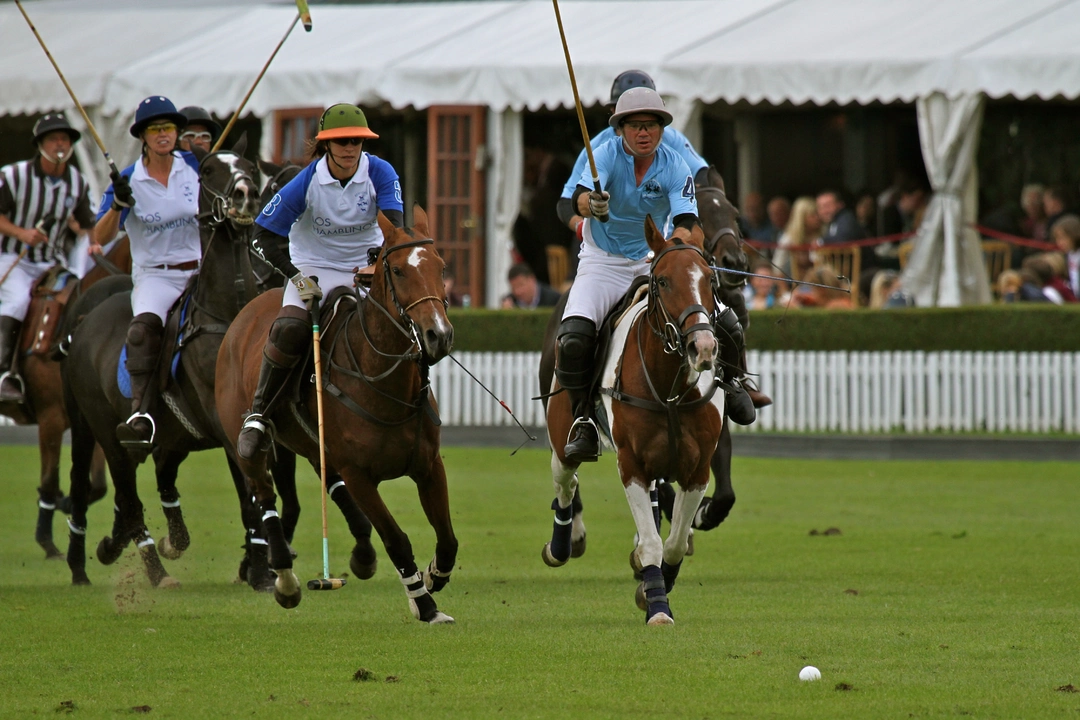
An Overview of Polo Popularity
Polo, often referred to as the sport of kings, has been around for centuries and has gained popularity in various parts of the world. Although it might seem like a niche sport, the number of people who play polo might surprise you. In this section, we will delve into the origins of polo, how it spread to different countries, and its current standing in the global sports arena. We will also discuss the factors that contribute to the sport's popularity, as well as some of the challenges faced by polo enthusiasts and professionals alike.
Originally from ancient Persia, polo has grown and evolved over time, eventually reaching countries like India, Argentina, the United States, and the United Kingdom. The spread of polo can be attributed to British colonial rule in India, as well as Argentina's love for equestrian sports. Today, polo is played in over 77 countries, and its popularity continues to grow, albeit slowly, as more people become exposed to the sport.
The Global Polo Community
The polo community is a diverse and vibrant group of individuals who come together to celebrate their shared love for the sport. They range from professional players and trainers to casual players who enjoy the excitement and camaraderie that comes with participating in a polo match. In this section, we will explore the different demographics that make up the global polo community, as well as some of the organizations and events that bring them together.
Professional polo players often come from countries with strong equestrian traditions, such as Argentina, the United States, and the United Kingdom. However, the sport has also seen a rise in popularity in countries like China, the United Arab Emirates, and Australia. Some of the key organizations that support the global polo community include the Federation of International Polo, the United States Polo Association, and the Hurlingham Polo Association. These organizations work together to promote the sport, organize international tournaments, and ensure the welfare of the players and their horses.
Estimating the Number of Polo Players
Given that polo is played in numerous countries and has an extensive global community, estimating the exact number of polo players in the world can be a challenging task. In this section, we will discuss some of the methods that can be used to estimate the number of polo players, as well as some of the factors that make this task difficult.
One way to estimate the number of polo players is by looking at the number of registered players within national polo associations. For example, the United States Polo Association has over 4,500 registered members, while the Argentine Polo Association has around 3,000 members. However, it is important to note that these figures only represent a fraction of the total number of polo players, as they do not account for casual players or those who are not registered with a national association. Additionally, there are likely many more players in countries where polo is less popular or not as well-organized.
Polo Clubs and Schools Around the World
Polo clubs and schools play a crucial role in introducing new players to the sport and fostering the growth of the polo community. In this section, we will discuss some of the most notable polo clubs and schools around the world, as well as their contributions to the sport's growth and development.
Some of the most prestigious polo clubs include the Guards Polo Club in the United Kingdom, the Santa Barbara Polo & Racquet Club in the United States, and the Buenos Aires Polo Club in Argentina. These clubs not only host high-profile tournaments and events but also offer polo lessons and training programs for players of all skill levels. Polo schools, such as the Argentine Polo Academy and the Dubai Polo Academy, also play a significant role in training new players and promoting the sport to a wider audience. By providing accessible and high-quality instruction, these clubs and schools help to expand the global polo community and increase the number of players worldwide.
Increasing Polo's Accessibility and Appeal
One of the key challenges faced by the polo community is increasing the sport's accessibility and appeal to a broader audience. In this section, we will discuss some of the strategies and initiatives that have been implemented to achieve this goal, as well as the potential impact of these efforts on the number of polo players around the world.
Many polo clubs and organizations have made efforts to make the sport more accessible by offering affordable lessons, hosting charity events, and promoting the sport through social media and other marketing channels. Additionally, initiatives such as the Schools and Universities Polo Association (SUPA) in the United Kingdom aim to introduce young people to the sport and provide them with opportunities to play and compete. By making polo more accessible and appealing to a wider audience, it is likely that the number of players worldwide will continue to grow in the coming years.
